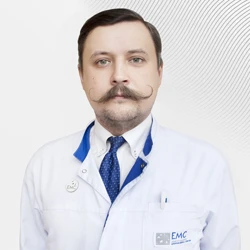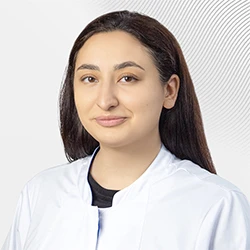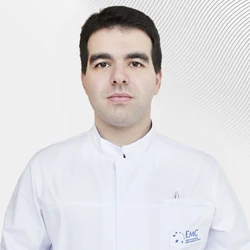Children are very mobile and love active recreation: ice skating and skiing, tobogganing or tubing downhill and other winter activities. If, despite all your precautions, the child still falls and injures an arm or leg, it is important to try to assess the severity of the injury and provide first aid. In this part of the article orthopedic traumatologist at the EMC Children's Clinic, Candidate of Medical Sciences Irina But-Gusaim talks about sprains and dislocations of joints.
Sprain. Ligaments are elastic joints between bones at their junctions or joints. Sprains of the ligaments that fix the joint most often occur as a result of movement of the joint in an unusual plane for it or exceeding its amplitude – slipped, stumbled, twisted his leg, etc. Signs of sprains are pain at the injury site, which increases with movement, and swelling of the tissues around the sprained ligaments. A bruise may form over time.
First aid for sprains. If a sprain is suspected, it is necessary to ensure rest and an elevated position of the injured limb, apply cold to the injury site for 25-30 minutes, and apply a tight bandage that should firmly fix the damaged joint. Remember that the diagnosis of sprains can only be definitively made by a doctor after bone fractures and ligament rupture are eliminated, the indirect signs of which are severe pain or crunching when probing the injured area, an unnatural position of the limb, a change in the appearance of the joint. If a ligament rupture or bone fracture is suspected, the child needs to be taken to the emergency room immediately. When providing assistance, do not rub, massage, or warm the injured joint, or try to adjust something yourself or somehow change the position of the limb. The less you move the limb, the easier it will be for the child and there will be fewer consequences.
Dislocation.A joint is formed, as a rule, by two bones that touch each other with cartilage-covered surfaces and are fixed in a certain position by a joint bag and ligaments. A violation of the articulation of the articular surfaces of bones is called dislocation. Dislocation can occur in the same circumstances as a sprain, but with a more pronounced or severe strain on the joint. Signs of joint dislocation are severe pain and a change in the appearance of the limb – its shape and position, swelling, and limited joint mobility.
First aid for dislocations. If a dislocation of the joint is suspected, the most important thing before arriving at the emergency room is to fix the joint with a bandage, kerchief or any other piece of cloth in a position that causes minimal pain.
If the knee, ankle, or wrist joints (the joint of the forearm and hand) are damaged, sticks or planks are placed on the sides of the joint for better fixation, which are bandaged with a cloth or bandage. You can also use thick glossy magazines that may end up in your mom's bag. If the elbow joint is dislocated, the arm can be tied to the neck with a kerchief or a wide scarf.
If the small joints of the fingers and feet are damaged, you can attach the damaged finger to the neighboring healthy one.
Cold is applied to the joint area (directly through the bandage) for 25-30 minutes. When providing assistance, you do not need to rub or warm the joint, you should not try to fix the dislocation yourself, and you should not unnecessarily move the victim. Dislocation is an injury that requires professional treatment, so if you don't have confidence in your own abilities, just provide the injured child with peace of mind, call an ambulance, don't touch anything and wait for the doctor to arrive.
Summarizing the above, if a child has fallen, twisted his leg or arm, has severe pain, or pain when pressing, or he cannot move a limb, you should immediately consult a doctor, only a doctor, after conducting the necessary research, can diagnose, correctly and reliably immobilize the damaged area and prescribe treatment. Any injuries to the head, neck, pelvis, abdomen and spine are especially dangerous, which may not have pronounced clinical signs, but may have serious health consequences (read the third part of the article).

















.webp)




.webp)


